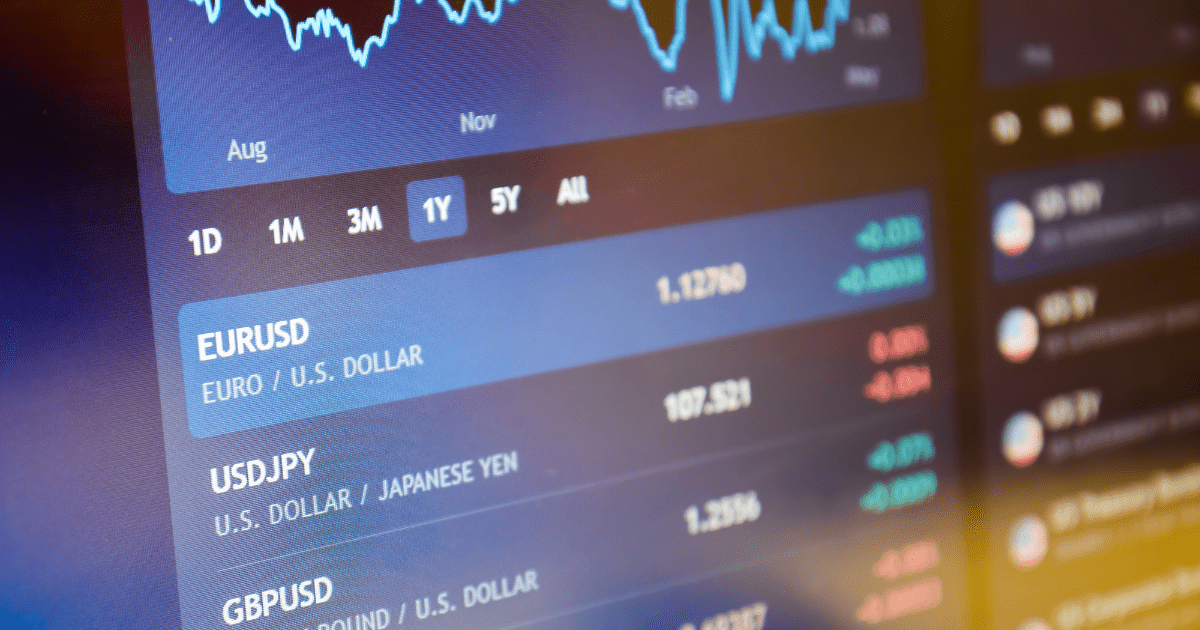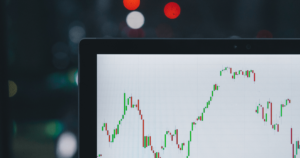Introduction
When it comes to trading in the financial markets, having the right trading platform is crucial for success. MetaTrader, developed by MetaQuotes Software, is one of the most popular trading platforms among retail traders. Over the years, two versions of MetaTrader have gained significant traction: MetaTrader 4 (MT4) and MetaTrader 5 (MT5). In this comprehensive guide, we will delve into the main differences between MT4 and MT5, exploring their features, advantages, and limitations. By the end, you’ll have a clear understanding of which platform suits your trading needs and preferences.
1. Tradable Assets: Expanding Beyond Forex
MT4 was primarily designed for forex and derivatives trading, limiting its scope to these markets. On the other hand, MT5 not only supports all the markets available on MT4 but also provides access to additional markets, including stocks, futures, options, and cryptocurrencies. This expanded asset coverage makes MT5 a more versatile platform for traders who wish to diversify their portfolios and explore different investment opportunities.
2. Interface: Design and User Experience
The interface of a trading platform plays a vital role in user experience. MT4 features a minimalist and straightforward design that focuses on functionality. Although its interface may appear dated compared to modern software, its simplicity can be advantageous as it provides a distraction-free trading environment. In contrast, MT5 offers a more contemporary and customizable interface, allowing traders to personalize their workspace according to their preferences. The vibrant design of MT5 may appeal to those who appreciate a visually appealing trading environment.
3. Technology: 32-bit vs. 64-bit
Technological advancements have a significant impact on the performance and efficiency of trading platforms. MT4 operates on 32-bit technology, while MT5 utilizes the more advanced 64-bit technology. Although the difference may not be noticeable in everyday trading activities, the 64-bit architecture of MT5 offers improved processing power and the potential for enhanced performance, especially when handling complex trading strategies or running multiple indicators simultaneously.
4. Community MQL: The Power of Algorithmic Trading
Both MT4 and MT5 boast active communities where traders can discuss strategies, seek assistance, and share trading tools. However, MT4 has a larger and more established MQL (MetaQuotes Language) community due to its longer presence in the market. Many traders who started developing and using automated trading systems in MQL4 never migrated to MQL5, as the two programming languages are not directly compatible. Therefore, if you are interested in algorithmic trading and accessing a vast library of ready-to-use trading robots and indicators, MT4’s larger MQL community may be more suitable for your needs.
5. Market Analysis: Tools and Timeframes
In terms of market analysis, both MT4 and MT5 offer a range of technical indicators and drawing tools. However, MT5 provides a more extensive selection of technical indicators, with over 80 available compared to MT4’s 61. Additionally, MT5 introduces a built-in economic calendar that allows traders to stay updated with market news and events. Another advantage of MT5 is its expanded range of timeframes, offering 21 different options compared to MT4’s nine. These features make MT5 a comprehensive platform for in-depth technical analysis and staying informed about market trends.
6. MT4 vs. MT5: Choosing the Right Platform
When it comes to selecting between MT4 and MT5, understanding your trading requirements is crucial. Here’s a breakdown of the key considerations:
- Automated Trading and Forex/CFDs (MT4): If you primarily focus on forex and contract for difference (CFD) trading and prefer using automated trading systems, MT4 is a solid choice. Its established presence in the market and extensive library of MQL4 trading tools make it a preferred platform for algorithmic traders.
- Diverse Asset Classes and Extended Functionality (MT5): If you seek a broader range of tradable assets, including stocks, futures, options, and cryptocurrencies, along with additional functionalities like a built-in economic calendar and an expanded selection of technical indicators, MT5 is the platform to consider. MT5 caters to traders who want toconduct comprehensive market analysis across various asset classes.
7. Pros and Cons of MT4
Pros:
- Established and widely adopted platform.
- Extensive library of MQL4 trading tools and resources.
- Simplicity and minimalistic interface.
- Suitable for forex and CFD traders.
- Larger MQL4 community for algorithmic trading enthusiasts.
Cons:
- Limited asset coverage beyond forex and CFDs.
- Outdated 32-bit technology.
- Less customizable interface compared to MT5.
- Lack of built-in economic calendar.
8. Pros and Cons of MT5
Pros:
- Expanded asset coverage, including stocks, futures, options, and cryptocurrencies.
- Advanced 64-bit technology for potential performance improvements.
- Customizable and visually appealing interface.
- Built-in economic calendar and expanded range of technical indicators.
- Suitable for traders seeking a comprehensive analysis across multiple markets.
Cons:
- Smaller MQL5 community compared to MT4.
- Learning curve for migrating from MQL4 to MQL5.
- Some brokers may offer limited support for MT5 compared to MT4.
9. How to Try Both MetaTrader Platforms
To determine which MetaTrader platform suits your trading style and preferences, you can explore the following options:
- Open demo accounts with reputable brokers offering both MT4 and MT5 platforms. This allows you to test the features, functionalities, and user experience of each platform without risking real money.
- Participate in online communities and forums dedicated to MetaTrader, where traders share their experiences and insights regarding MT4 and MT5.
Conclusion and Key Takeaways
In conclusion, choosing between MT4 and MT5 depends on your specific trading requirements and objectives. MT4 remains a popular choice for forex and CFD traders, especially those interested in algorithmic trading due to its larger MQL4 community and extensive library of trading tools. On the other hand, MT5 offers a broader range of tradable assets and advanced functionalities, making it suitable for traders who want to explore multiple markets and conduct comprehensive market analysis.
Before making a decision, take the time to assess your trading needs, consider the available features of each platform, and experiment with demo accounts to gain hands-on experience. Remember, the right trading platform is a vital tool that can enhance your trading journey and help you achieve your financial goals.








